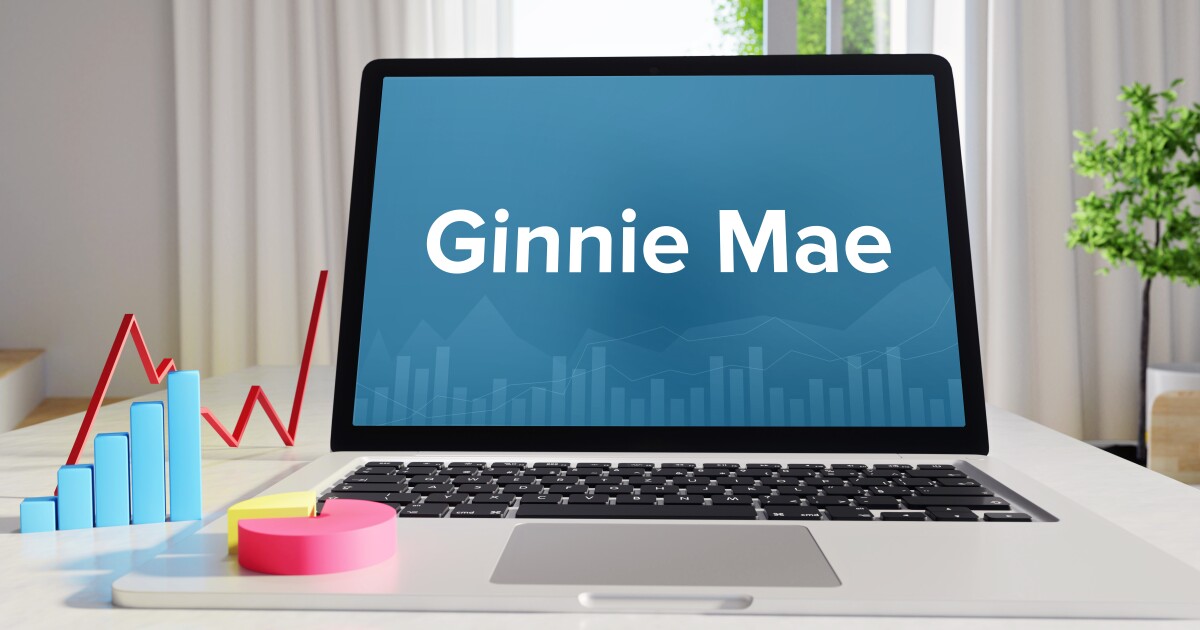
The U.S Department of Housing and Urban Development will begin allowing eNotes and traditional paper notes to be
HUD
Noting the "phenomenal wave of growth," Todman said Ginnie Mae has issued over $38 billion in eNotes since 2021 through its digital collateral program.
"Issuers and key participants in the industry have urged the commingling of eNotes with paper notes to encourage further adoption, improve efficiency and allow borrowers to see added benefits may come in both access and costs," Todman said.
The announcement comes as lenders continue actively pursuing strategies to cut costs following the business slowdown of the past two years. According to the MBA, mortgage businesses saw the
"[eNotes] cost less to originate than paper notes in this time of lower mortgage activity," Todman said.
Momentum was increasing toward commingling of the notes, which had
"Veterans and service members have used eNotes to pursue loan modifications and take other mortgage actions while they've been stationed abroad. We are proud of the unique benefits this tool has provided those who serve our country, and we want more Americans and more lenders to benefit."
Also during her session, Todman said she hoped to increase utilization of the Federal Housing Administration's
While frequently seen as an opportunity to encourage redevelopment in cities, Todman also pointed out potential for the program in rural communities.
"Where we've also found it to be of use is in rural areas, where there may be inventory, but homes have been sitting there vacant because of disinvestment that's happened there. So we're really excited to be able to expand access," she said.



